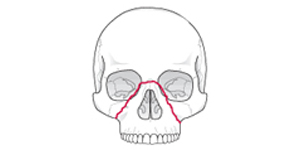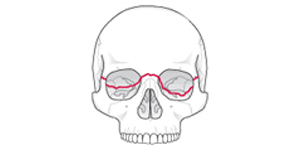

In many special cases, we perform the entire root canal treatment in a single sitting and that too with an antibiotic coverage for about 2-3 days depending on the type of decay and oral health of the patient. In our single sitting RCT process, only mild pain relievers might be required, but this is not must in all the cases.
Indications When We Suggest Single Sitting RCT : The main reason why we suggest single sitting RCT is that the patient is in much pain and the decay is moving towards the nerves of the mouth. Apart from these, some other prominent reasons include:
We at Dr. Pawan Chopra Dental Hospital and Dental Implant Centre try to provide the patient with single sitting RCT, except in cases where the infection would require two or three sittings to heal.
A broken or dislocated jaw requires immediate medical attention because of the risk of breathing problems or significant bleeding. Hold the jaw gently in place with your hands while traveling to the emergency room. A bandage may also be wrapped over the top of the head and under the jaw. However, such a bandage should be easily removable in case you need to vomit. If breathing problems or heavy bleeding occurs, or if there is severe facial swelling, a tube may be placed into your airways to help you breathe.

DISLOCATED JAW : If the jaw is dislocated, the health care provider may be able to place it back into the correct position using the thumbs. Numbing medications (anesthetics) may be needed to relax the strong jaw muscles. The jaw may need to be stabilized. This usually involves bandaging the jaw to keep the mouth from opening widely. In some cases, surgery may be needed to do this, particularly if repeated jaw dislocations occur. After dislocating your jaw, you should not open your mouth widely for at least 6 weeks. Support your jaw with one or both hands when yawning and sneezing.

FRACTURED JAW : Temporarily bandaging the jaw (around the top of the head) to prevent it from moving may help reduce pain. The specific treatment for a fractured jaw depends on how badly the bone is broken. If you have a minor fracture, you may only need pain medicines and to follow a soft or liquid diet for a while. Surgery is often needed for moderate to severe fractures. The jaw may be wired to the teeth of the opposite jaw to improve stability. Jaw wires are usually left in place for 6 - 8 weeks. Small rubber bands (elastics) are used to hold the teeth together. After a few weeks, some of the elastics are removed to allow motion and reduce joint stiffness. If the jaw is wired, you can only drink liquids or eat very soft foods. Have blunt scissors readily available to cut the elastics in the event of vomiting or choking. If the wires must be cut, consult a health care provider promptly so they can be replaced.
Do NOT attempt to correct the position of the jaw. A broken or dislocated jaw requires immediate medical attention. Emergency symptoms include difficulty breathing or heavy bleeding.
